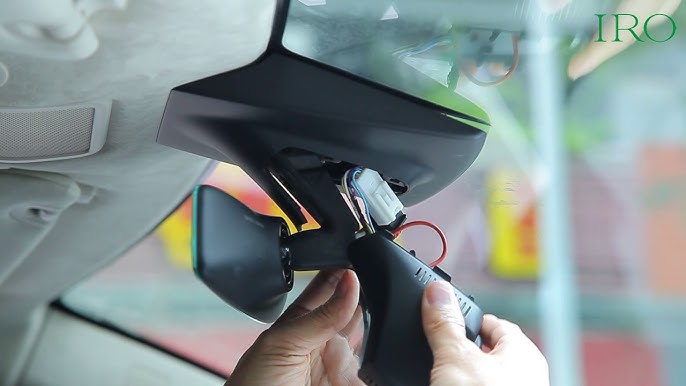The union of two people who are connected as first cousins is known as “cousin marriage,” and it has a long history in many different cultures. There are legislative limitations in place in certain cultures, while others have positive views on it. The legality of cousin marriage in the US state of New Mexico is the particular subject of this article.
Legality of Cousin Marriage in the United States
Regarding cousin marriage, the legal system in the US is decentralized. State laws have the jurisdiction to regulate cousin marriage as there is no federal statute that forbids it. State laws pertaining to cousin marriage differ greatly. While some states, like New Mexico, forbid first-cousin marriage completely or with specific conditions (such if one cousin is underage), others allow it totally.
Legality of Cousin Marriage in New Mexico
It is legal to marry a cousin in New Mexico. The state does not have any laws or regulations that forbid first cousin weddings. This implies that there is no legal prohibition on first cousin marriages in New Mexico.
It is significant to remember that only first-cousin marriages are eligible for this legality. In New Mexico and across the country, it is unlawful for parents to marry their children or siblings, or any other close related. Additionally, it is essential to check with the local county clerk’s office for any additional requirements as some counties in New Mexico may have particular procedures in place for applying for marriage licenses.
Risks Associated with Cousin Marriage
Although it is permitted in New Mexico, cousin marriage increases the couple’s offspring’s genetic risks. Cousin marriages increase the risk of recessive genetic diseases in offspring. For every attribute, each parent typically contributes one copy of a gene. A child must inherit two copies of the recessive gene in order to acquire recessive diseases. More genes are shared by parents who are related than by strangers, such as cousins. This raises the likelihood that the child will acquire the condition if both parents carry the same recessive gene.
The American College of Obstetricians and Gynecologists (ACOG) estimates that in the general population, there is a 3-4% chance that a kid will inherit a birth abnormality. However, this risk might rise to 4-7% for offspring born in cousin marriages. For couples thinking about marrying a cousin, ACOG advises genetic counseling so they can learn about the particular risks related to their family history.
Cultural and Religious Considerations of Cousin Marriage
There are several civilizations and faiths in the world that practice cousin marriage. It may be viewed as a means of upholding religious customs, preserving riches within the family, or fostering stronger ties amongst relatives. The Middle East, South Asia, and some areas of North Africa are among the places where cousin marriage is more common.
Alternatives to Consider Before a Cousin Marriage
Genetic counseling is strongly advised for first cousin couples who are thinking about getting married. A specialist service offered by qualified medical practitioners is genetic counseling. Genetic counselors are skilled in analyzing medical histories from both parents and determining a child’s risk of inheriting a certain genetic problem.
In the course of genetic counseling, the advisor will usually
Couples can lower their chance of passing on genetic problems to their offspring and make educated decisions about family planning by receiving genetic counseling. Use resources such as the National Society of Genetic Counselors website (https://www.nsgc.org/) to locate genetic counselors in New Mexico.
Conclusion
In conclusion, New Mexico allows for the legalization of cousin marriages. Couples thinking about getting married to their cousins, though, should be completely aware of the possible risks. In certain families or communities, it might be a custom that is accepted culturally, but there is a greater likelihood that the offspring will acquire genetic abnormalities as a result.
It is strongly advised that couples thinking about getting married to their cousins look into their options and receive genetic counseling. Couples can responsibly plan their family and make decisions that will benefit their future children’s health and well-being by being aware of the dangers and seeking specialized medical guidance.
References
Notice of DisclaimerThis article’s content is meant to be used solely as general information; it is not intended to replace expert medical or legal advice. Before making any decisions on cousin marriage preparation, it is imperative that you speak with your physician and become aware of any applicable laws in your area.





























